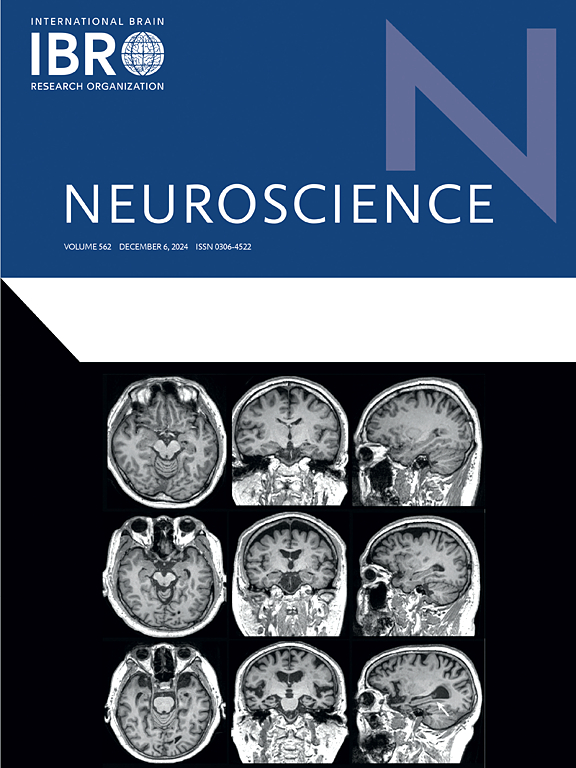Neuroproteomics applied to the study of visual cortex plasticity
IF 2.9
3区 医学
Q2 NEUROSCIENCES
引用次数: 0
Abstract
The huge complexity of neuronal circuits arises from a temporarily overlapped influence of genetic and environmental factors (Nature and Nurture). During specific temporal windows of postnatal development, the so-called critical or sensitive periods of plasticity, the brain is particularly susceptible to the effects of experience, though this sensitivity declines with age. The most widely used experimental paradigm for studying critical periods of plasticity is the ocular dominance model in the mammalian visual cortex. Recent advancements in large-scale methodological approaches have enabled the analysis of the cellular and molecular factors regulating plasticity, highlighting the complex interaction among various metabolic and regulatory pathways. Traditionally, genomic and transcriptomic techniques have been employed to investigate the Central Nervous System in a comprehensive manner, including studies on critical period plasticity in the visual cortex. However, it is the technical advancements in proteomic approaches that have established neuroproteomics as a powerful tool for investigating both normal and pathological brain states. Despite its potential, proteomics has been underutilized in studying visual cortical plasticity. Here, we review existing studies and emphasize the importance of exploiting neuroproteomics, and of integrating with other complementary “omic” approaches, to accurately identify the true active cellular agents and ultimate mediators of brain functions.
神经蛋白质组学在视觉皮层可塑性研究中的应用
神经回路的巨大复杂性源于遗传和环境因素的暂时重叠影响(《先天与后天》)。在出生后发育的特定时间窗口,即所谓的可塑性的关键或敏感期,大脑特别容易受到经验的影响,尽管这种敏感性随着年龄的增长而下降。研究可塑性关键时期最广泛使用的实验范式是哺乳动物视觉皮层的眼优势模型。近年来,大规模方法学方法的进步使得对调节可塑性的细胞和分子因素的分析成为可能,强调了各种代谢和调节途径之间复杂的相互作用。传统上,基因组学和转录组学技术已被用于全面研究中枢神经系统,包括对视觉皮层关键期可塑性的研究。然而,正是蛋白质组学方法的技术进步使神经蛋白质组学成为研究正常和病理大脑状态的有力工具。尽管具有潜力,但蛋白质组学在研究视觉皮层可塑性方面尚未得到充分利用。在此,我们回顾了现有的研究,并强调了利用神经蛋白质组学以及与其他互补的“组学”方法相结合的重要性,以准确识别真正的活性细胞因子和脑功能的最终介质。
本文章由计算机程序翻译,如有差异,请以英文原文为准。
求助全文
约1分钟内获得全文
求助全文
来源期刊

Neuroscience
医学-神经科学
CiteScore
6.20
自引率
0.00%
发文量
394
审稿时长
52 days
期刊介绍:
Neuroscience publishes papers describing the results of original research on any aspect of the scientific study of the nervous system. Any paper, however short, will be considered for publication provided that it reports significant, new and carefully confirmed findings with full experimental details.
 求助内容:
求助内容: 应助结果提醒方式:
应助结果提醒方式:


